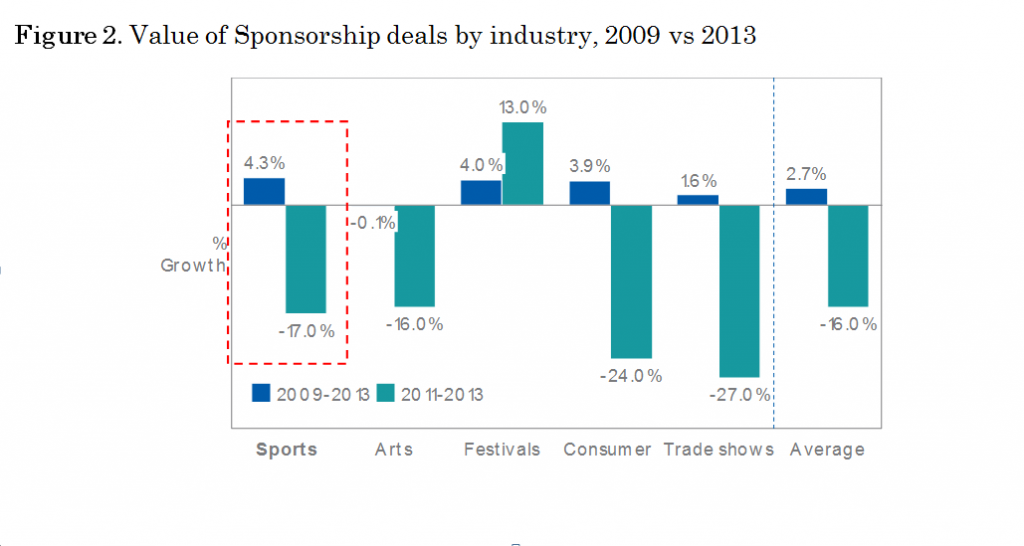Pivot Sport White Paper on Digital Sponsorships in Sport
April 20, 2016
1. INTRODUCTION
In the past, medstore we used to associate “sponsoring sports” with the use of billboards, sale logos on T-shirts and signage in stadiums. These tools were used merely to create an impression on consumers and to generate brand recognition and preference through its associations with clubs or values.
However, social media and new technologies have pushed sponsorships to evolve. Now brands not only want to be as visible as possible, but also to improve consumer experience and to improve their engagement with fans by making them part of “measurable” experiences.
Sponsors aim to get closer to audiences and to understand what people like and need, in order to target them more accurately. Furthermore, brands want to be able to quantify the levels of fan engagement they’re reaching and to gather and analyse this data.
As a result of this quantification, brands have increased expectations in terms of ROI from Sponsorships, and in this “digital world” they demand an exponential increase in impact of their campaigns, through the multiplying effect of fans’ “likes” and “shares”.
Nevertheless, the use of technology in sport sponsorship is currently still in its initial phases.
2. EVOLUTION IN NUMBERS
In 2013, 38% of sponsorships were in the Sports industry (other industries being Arts, Trade Shows, Leisure, Festivals and Fairs, etc, and representing much smaller shares)
Figure 1. Share of sponsorships by Industry

Source: Global Sponsorship Report, Sponsorium, 2014
However, all industries showed a decrease in the average sponsorship deal value from 2011. This fall in value is due to brands’ diversification strategy, thanks to the availability of a wider range of platforms to work with.
Figure 2. Value of Sponsorship deals by industry, 2009 vs 2013

Source: Global Sponsorship Report, Sponsorium, 2014
3. BENEFITS OF DIGITAL SPONSORSHIP
Digital sponsorships are only at the beginning of the life cycle, and hence under-utilised. This is because a majority of rights holders have not fully experienced the benefits of digital marketing. It is essential to expand this knowledge and to push properties to pitch for better sponsorship opportunities, and to offer more meaningful assets and more flexibility to innovate.
Digital Activation offers the following benefits:
- – Increased ability to target audience in alignment with strategic business goals;
- – Data generation to understand customers;
- – Development of ongoing relationship and loyalty building with fans / customers;
- – Not limited to a single moment or space, but available at all times, anywhere;
- – Ability to do post-sponsorship impact measuring; and
- – Enhancement of rights holder’s and brand’s image: constant renovation, values.
Rights holders need to offer sponsors access to a range of occasions to activate sponsorships, beyond just a match. Through understanding fan / consumer behaviour, sponsors can activate their campaigns at many different points of interaction between fans and their clubs:
- – Before the event: when buying their ticket, on their way to the stadium or once at the stadium, right before the event;
- – During the event: via mobile devices or during recess;
- – After the event and throughout the whole year: through newsletters or other follow-up actions.
The goal of digital sponsorships is to shift from an “awareness creation” tool to a “behaviour induction” tool, which ultimately creates much higher value for sponsors.
Read the full white paper HERE



